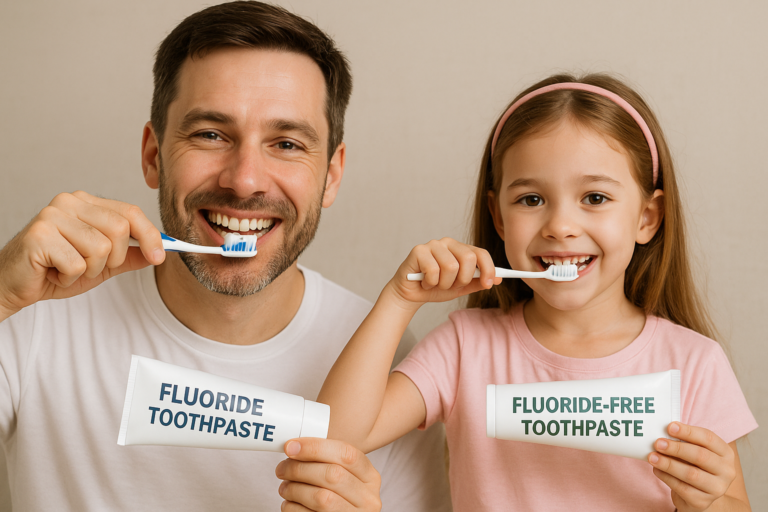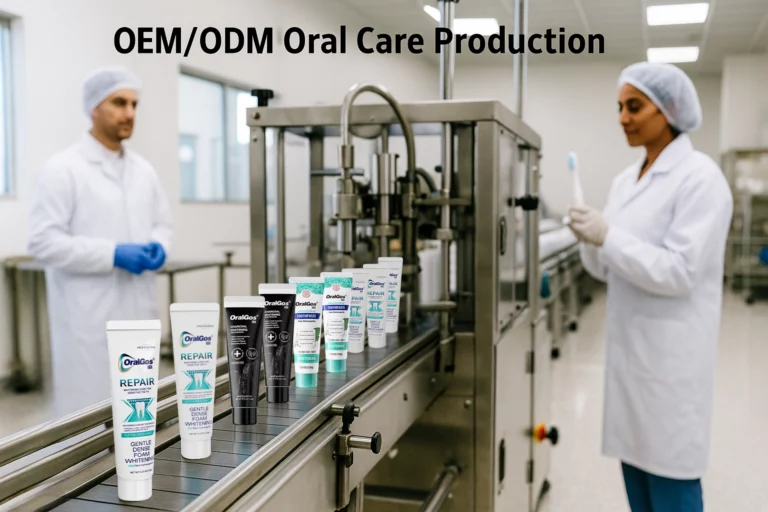When it comes to children’s oral care, parents today have more choices than ever. One common question is electric U shaped toothbrush vs manual — which is the smarter choice for your child? From daily brushing habits to long-term dental health, the right toothbrush can make a significant impact. Let’s explore how these two options compare in usage experience, cost, and suitability for different age groups.

1. Usage Experience: Convenience vs Control
Manual U-Shaped Toothbrush
A manual U-shaped toothbrush is designed with a flexible, mouth-shaped brush head that surrounds your child’s teeth. It allows for quick brushing, often in under a minute, and requires no batteries or charging. However, brushing results depend heavily on how your child moves the brush and whether they cover all surfaces effectively. Younger children might struggle with maintaining the correct angle and pressure.
Electric U-Shaped Toothbrush
An electric U-shaped toothbrush takes the same ergonomic design but adds vibration or sonic cleaning. This helps remove plaque more efficiently, even if your child’s brushing technique is less than perfect. The automatic motion can make brushing more engaging, encouraging kids to brush longer. Many models come with LED lights or music timers, turning brushing into a fun activity instead of a chore.
Verdict on Experience:
A toothbrush that helps with technique and keeps kids interested is likely to be better in the electric option. For parents who prefer to teach manual skills and have more control over brushing speed, the manual version works fine.

2. Cost Comparison: Initial Price vs Long-Term Value
Manual U-Shaped Toothbrush Costs
Manual models are typically more affordable, with low upfront costs. They don’t need charging cables or new batteries. You can replace them easily by buying a new unit every few months. However, if your child doesn’t brush effectively, the potential dental bills later could outweigh the initial savings.
Electric U-Shaped Toothbrush Costs
Electric models have a higher purchase price and may require periodic replacement of brush heads or batteries. But the improved cleaning performance can help prevent cavities and dental treatments, which may make them more cost-effective in the long run. Plus, many kids are more likely to use an electric brush without resistance, which means better compliance.
Verdict on Cost:
Manual wins for short-term affordability, while electric offers potential savings through better prevention of dental issues.

3. Suitability for Different Age Groups
Manual U-Shaped Toothbrush for Younger Kids
For toddlers and preschoolers, simplicity is key. Manual U-shaped brushes are lightweight, easy to handle, and safe for little hands. They also allow parents to guide brushing directly without worrying about vibration or motor speed.
Electric U-Shaped Toothbrush for School-Age Kids
Once kids are around 5–6 years old, electric versions can be a great upgrade. They make brushing more thorough, which is especially helpful as children start brushing independently. The built-in timers and fun features can also help instill consistent habits.
Special Considerations
- Children with sensitive gums might prefer manual brushes for a softer feel.
- Kids with braces or dental appliances may benefit from the deeper cleaning power of electric versions.
Final Thoughts: Choosing What Works Best
When weighing electric U shaped toothbrush vs manual, the best choice depends on your child’s age, brushing habits, and your budget.
- Choose Manual if you want an affordable, easy-to-use brush for very young children and plan to assist them during brushing.
- Choose Electric if you want to improve brushing effectiveness, make the process more fun, and encourage independent oral care.
In the end, consistency matters more than the type of toothbrush. Whether manual or electric, ensure your child brushes twice daily, uses fluoride toothpaste, and gets regular dental check-ups.
By knowing the differences in how things work, costs, and what fits best, parents can make a good choice. This choice will keep kids happy now and later.





